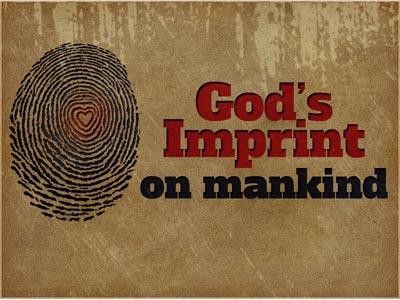-
Conceptual Imagery Of The Tabernacle For Psychology And Counseling # 3 Series
Contributed by Harold Jenkerson on Nov 28, 2017 (message contributor)
Summary: The tabernacle/temple is God’s model for developing an understanding of the Christian.
II. Four Areas of Biblical Knowledge Used for Psychological Studies
1. Tabernacle, Temple, House of God in the OT
In developing an understanding of the “conceptual value of the tabernacle in psychology and counseling,” three images must be dealt with: (1) tabernacle, (2) temple, and (3) the house of God. Each image gives a different focus, yet it is the same concept that is being dealt with. The same concept is that each is God’s dwelling place. The focus of the tabernacle is a mobile dwelling place. The focus of the temple is of a permanent dwelling place. And the focus of the house is that a family lives there. A family lives in the mobile and the permanent dwellings also, but the focus in not on the family, but on the structure of the dwelling.
These descriptive terms “tabernacle, temple, house” are used in the OT to identify God’s dwelling place among His people. These terms are used by the NT writers to identify the purpose of the believer as God’s dwelling place upon the earth.
The tabernacle was the original designated dwelling place of God upon the earth among the Jewish people. It was a mobile and transportable structure patterned after the tabernacle in heaven. It was the place for giving offerings and making sacrifices which would place the one making them acceptable with the God of the Jews.
The temple was a permanent physical structure which was to serve the same purpose as the original tabernacle, but on a much more grander scale compared to the tabernacle.
The house of God is the term used by the writers of the LXX to refer to the rebuilding of the temple of God in Jerusalem when the Jews in exile returned to their home land to rebuild the house of God.
2. Trichotomous Foundation of the Individual in the Creation Account
In the creation account God said, “Let us make man in Our image according to Our likeness“ (Gen 1:26). The strongest image of God that is developed in the Bible is the trinitarian or triunity image of the Father, Son, and the Holy Spirit. When the creation of man is established in the creation account, we see a trinitarian being of soul, physical body, and spirit. A corresponding likeness of the trinity of being of the man can be established from the biblical text to the biblical triune imagery of God.
As each person in the Godhead has a specific ministry to perform, so each entity of the being of the individual has a specific ministry to perform, which ministry is explained by the ministry in the threefold structure of the tabernacle. The use of the biblical terms “soul, physical body, and spirit” are used consistently and precisely throughout the Bible.
The trichotomous being can be established in the Bible in the three experiences of creation, death, and salvation. In creation there is a soul, physical body and spirit. In death there is death to the physical body, death to the soul in hell, and the spirit returns unto God who gave it. In salvation the spirit is stirred and comes alive unto God, the soul believes the gospel and is reoriented to the issues of life by the word of God, and the physical body is promised total redemption in a future time.
The dichotomous being is based upon “soul/spirit and physical body.” Another way to label this view of the individual would be “non-material and material,” or “spiritual and physical/earthly.”
The trichotomy/dichotomy views are not opposing views. They are not antagonistic to each other. It is simply that the trichotomous view separates the soul and spirit into separate entities. Whereas, the dichotomy view keeps them together. The trichotomous view attempts to separate the non-material into each component of its total composition.
Due to the lack of treatment of this biblical subject by commentators the two views have been left in a state of confusion. The ontology of being is “soul, physical body, and spirit.” The ontology of the personality of being, which is the soul or the inner person, or in the Hebrew text it is translated into English as “heart,” is “mind, conscience, heart, and will.” These two biblical ontologies have to be kept separate in order to develop a biblical psychology of the individual.
Some will reject the idea that the spiritual realm of the individual can be classified into such a systematic and precise structure with precise functional characteristics. That is probably part of the reason that the dichotomous view is easily supported because the psychological terms are understood to be synonymous in meaning and the meanings overlap.
However, in refuting that position it can be pointed out that when the Bible states that in the creation of the physical body that God shaped or form the physical body of man from the dust of the ground. We know that the physical body does in fact come from the elements in the ground. However, if we take just the statement of what God did in creating that physical body, we would know nothing about the various systems of organs within the physical body which give it structure and functionality. When these systems begin to malfunction, we go to the doctor for his expertise.

 Sermon Central
Sermon Central



